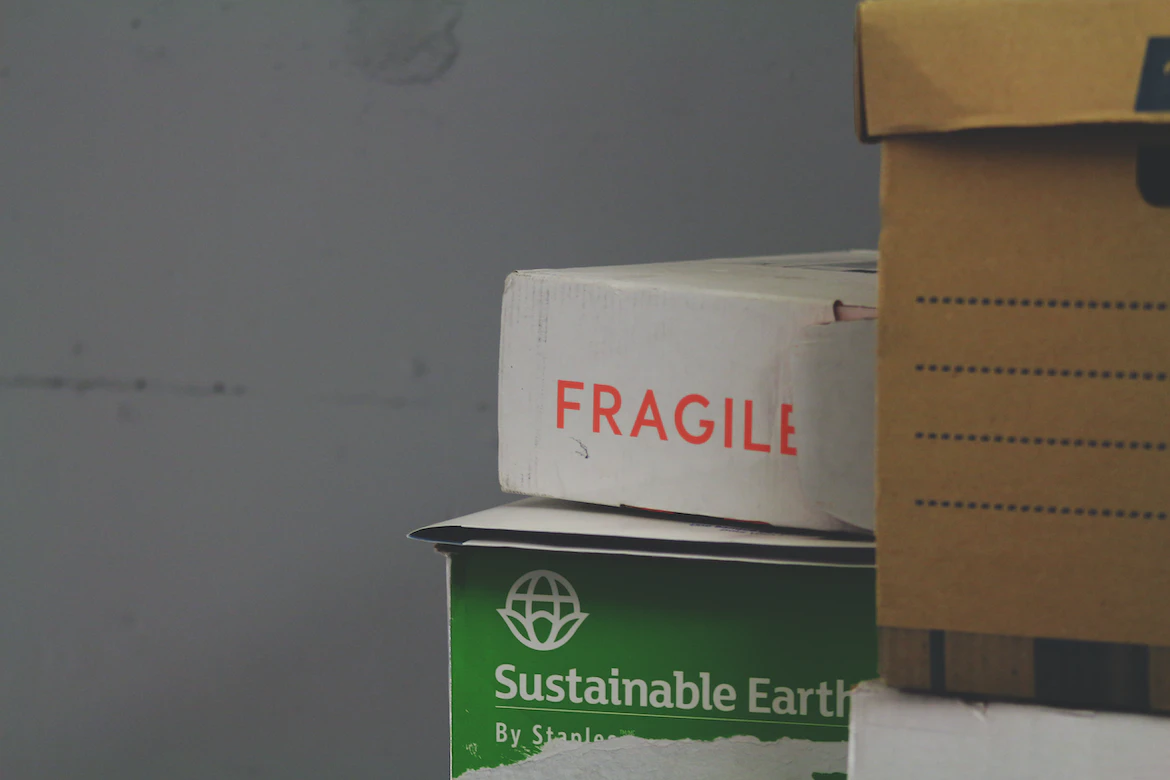Found Office Space in London or The UK? Here is Your Moving Checklist
Now that you’ve found your office space in London or the UK, you will need to move in. We’ve created this moving checklist to help everything run smoothly.
1. Check Move-in Date
The first step is to make sure you’ve saved your signed contractual agreement and stored it somewhere that is accessible. Check the move-in date, make sure it’s in your calendar and share it with the rest of your team.
2. Examine Floor Plan
Using the floor plan, work out where your team members will be sitting when they move in. Move-in day will be easier if everyone knows where their belongings need to go. Check your contract to see if furniture is included or if you need to bring your own.
3. Book Removal Company
It’s a good idea to do this sooner rather than later because last-minute quotes can be more expensive. Even if you don’t need to move any furniture, is there anything else that will require a van? Don’t forget your desktop computers, tripods, bookshelves, coffee machines etc.

4. Create a Removals Team
Don’t go it alone - form a dedicated team for your removals project. Make sure everyone knows what they’re responsible for, whether it’s booking the removals company, creating an inventory list or making sure employees knows what to do on moving day. If you run a larger company, choose someone from each team to oversee their department’s packing.
5. Inform the Whole Team
Let everyone in your business know where they’ll be moving to ahead of time. This gives people the opportunity to ask questions, raise any concerns and prepare for the move. After all, they may have to alter their travel plans. Be positive about your move and share the benefits of moving into a serviced office. What perks can your team look forward to?
6. Inform 3rd Parties
Don’t forget to let other parties know that you’re moving, including clients, suppliers, banks and insurance companies, and Companies House and HMRC.
7. Create An Inventory
Make a list of everything you need to pack and move, including any furniture, technology, kitchen equipment and documents. If you own the furniture in your current office but your new one is furnished, you could donate or sell it, or move it into storage.

8. Colour Coding & Numbering
Get smart with packing. For ease at the other end, colour code the equipment that needs to be moved according to which department it belongs to. You could also allocate each desk and its belongings a number to avoid things getting mixed up or going missing.
9. Parking
Check the parking situation at your current and future premises: do you need to get some parking permits in time for moving day?
10. Plan for the Day
Create an itinerary for moving day that outlines what is happening and when and share this with your team. This itinerary could also include the contact details for your removals company, building managers and your own dedicated internal removals team. Do the relevant people have (or need) a key for the new building?
11. Information Pack
As well as an itinerary, create a pack for your team members. This should include directions to the new office, parking information and details of public transport links. You should also include a key for the colour coding and numbering system you used when packing.
12. Personal Belongings
Inform staff that they’ll need to take their personal belongings home before moving day. Ask them to check any drawers or lockers for forgotten-about items.
13. Two Teams
Decide who will stay at your current office and who will be at the new one on moving day.
14. Prepare the New Office
Contact your new landlord, or serviced office provider, to check that Wi-Fi and heating and cooling will be up and running as soon as you move in. Most serviced offices include Wi-Fi but your contract will confirm this. It’s also a good idea to provide plenty of refreshments at your old and new office. Moving boxes is hard work, after all!
15. Move In and Enjoy
Congratulations – you've made it! It’s time to make sure everyone has access to your new office. Create a welcome pack for employees that contains information about the office and its nearby amenities – and thank them for their hard work during the move.

Although moving home is often cited as one of the most stressful things you can experience, moving office shouldn’t be. One of the benefits of a serviced office is that there is a team that runs it. It’s likely that team will be on hand on your moving day to help things run smoothly.